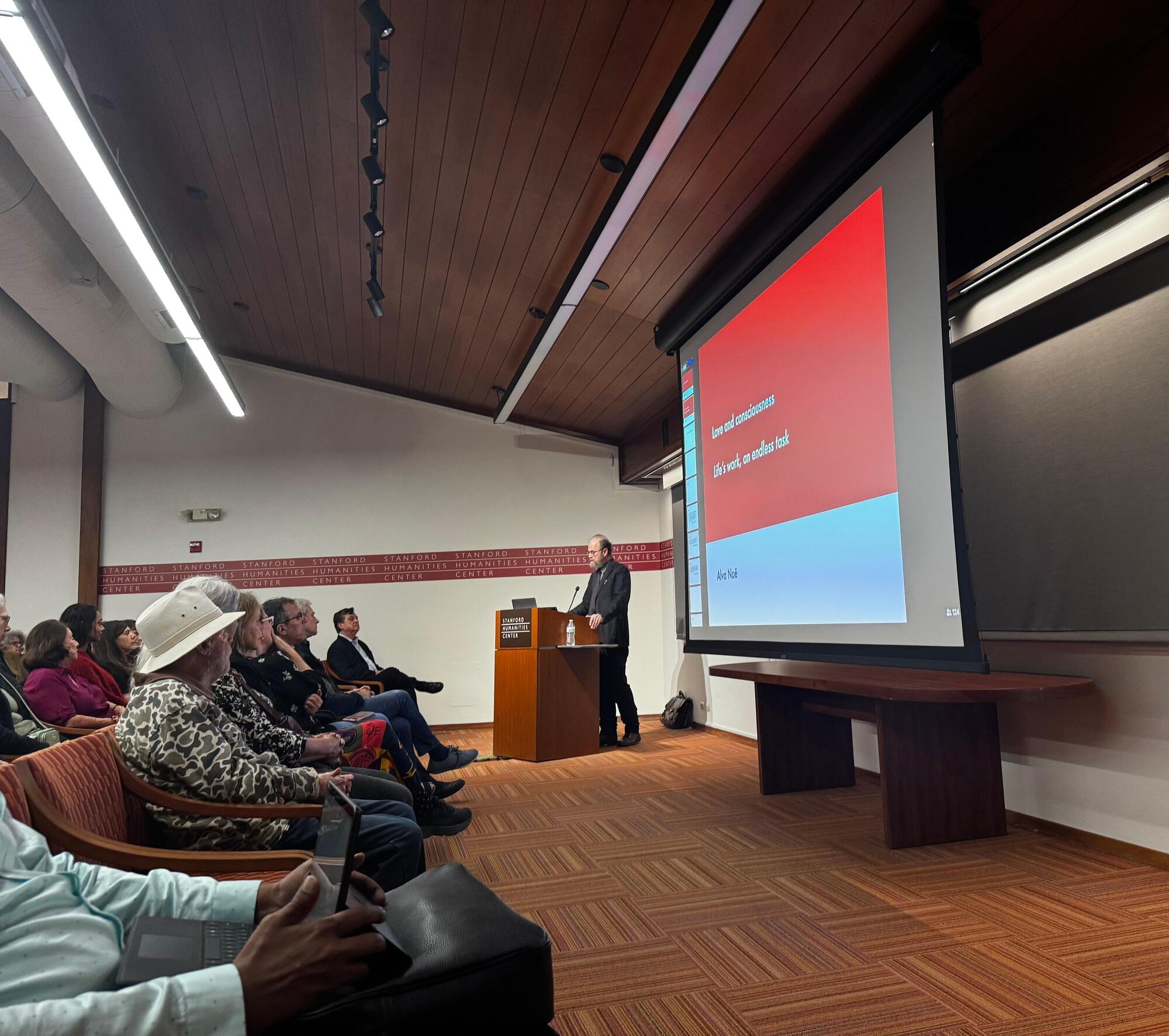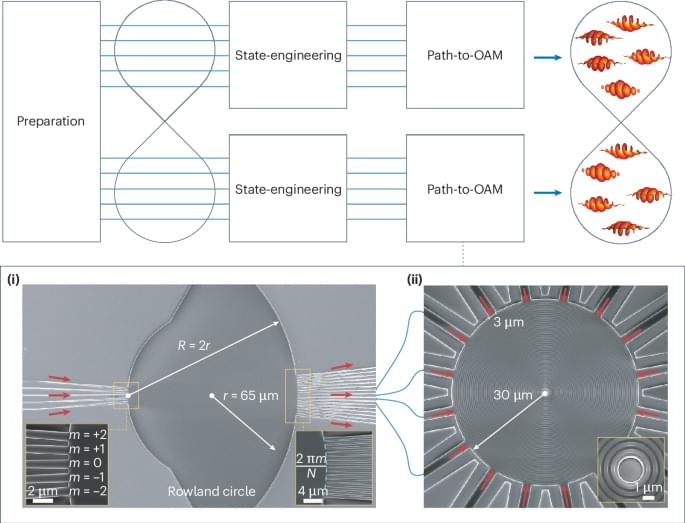“What if consciousness, like love, is the work of making relationships?” Alva Noë, chair of the philosophy department at the University of California, Berkeley, proposed at Stanford’s annual Presidential Lecture in the Humanities and Arts on Wednesday.
“Love names the work of opening up the world, the very labor of consciousness,” Noë said.
His talk at the Stanford Humanities Center went on to challenge philosophy’s traditional distinction between value and fact where it delimits questions about love and human perception, respectively.






